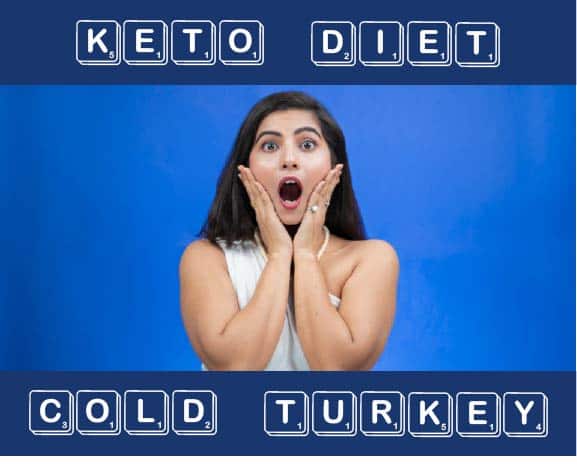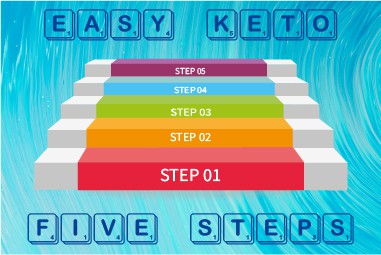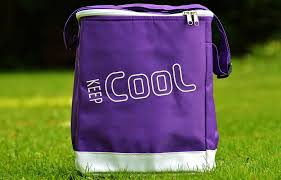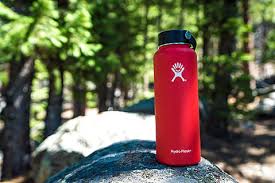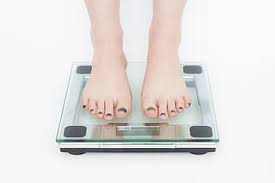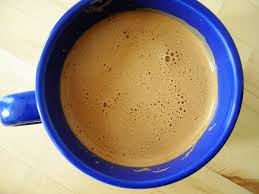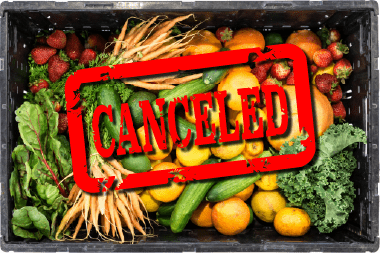
I grew up in a region covered in farms, wineries and fruit orchards. My past is filled with wonderful memories of playing hide and seek in vineyards, helping my mom make fruit jams, road trips to get blueberry pie from the Pie Lady, going to grape and wine festivals, and stopping at the fruit stand on my way home from work for a quick snack. Fruit has always been a huge part of my diet. Why wouldn’t it have been? Our entire lives we were taught fruits and vegetables are the healthiest thing to eat. That fruits and vegetables provide us with all the essential vitamins and nutrients that our bodies need to thrive. I had never heard anyone try to debate this, until the day I started looking into a ketogenic diet.
After months of researching anything and everything about a ketogenic lifestyle I was almost 100% convinced that this was the diet for me. I was prepared to cut out all the inflammatory oils, get rid of anything made of wheat, eliminate all forms of sugar and start eating far more healthy fats than my body had ever digested. The only thing that had me doubting this new way of eating was struggling to convince my brain that fruit is not good for me.
Anyone who has researched a ketogenic way of eating will tell you to be successful on a keto diet you must erase your preconceived opinions about food and go against what most people believe are nutritious options. I feel like I was exceptionally open minded in changing my views of most foods but to this day fruit is still my biggest obstacle. I am still struggling to accept the idea of having to limit fruit. As we pass through strawberry season, peach season, apple season it becomes more and more obvious to me that I am never going to be able to follow through with a strict keto diet that all but eliminates the majority of fruit. Yet, as I continue researching keto and become more involved in keto groups, I cannot help but feel guilty each time I eat a fresh piece of fruit from a local farm or read the never-ending judgmental comments on social media about fruit not being keto friendly.
In raising children of my own it has become even more apparent to me that I don’t think I want to give up fruit at all. I want my daughter to have all the fun memories I have. I want her to be proud and appreciative of the area that she lives in and the farmers that help provide food for our table. Children mimic our actions, and I want her actions to mimic that of someone overjoyed by the fact that it’s time to try this year’s batch of apple butter at the local heritage festival or that peaches are finally available at the fruit stand this week. I cannot show her that sense of community by taking her to a fruit farm and refusing to chomp on a freshly picked pear because it has too many carbs for mommy to eat.
We all want our children to grow up understanding and appreciating where our fresh food comes from. In my opinion, there’s fresh food and there’s processed food. Whether following a keto diet or not, I think the majority of people would agree that fresh food is a healthier option than processed food 99% of the time. This concept is something that, especially now, with the ever growing popularity of the Farm to Table movement has become a priority for parents worldwide to teach their children.
Since I have started living a keto lifestyle, I have struggled with the idea of how restricting fresh produce affects my children’s opinions. Parents choosing to follow a keto diet may be sending conflicting messages to their children. We teach our children how important fresh produce is and then we sit at the dinner table and expect them to eat the fruits and vegetables that we will not eat because they are too high in carbs. If we truly believe that fresh produce is beneficial, why are we not eating it ourselves?
When you start to look deeper into the basic rules of keto it’s easy to see there is so much room to adapt your eating habits to suit your family’s lifestyle. When you get to the root definition of a keto diet it’s all about staying under a set carb limit. No one is perfect. We all go over our carbs occasionally. Usually you read about this on social media as someone who just couldn’t resist that pizza any longer and now feels so guilty they just must confess their mistakes to their online keto “support group”. The response to this is usually an abundance of people consolingly saying things like “it’s alright, just start over again tomorrow, you’ve got this!” and “it happens to all of us, just take it as a bad day and move on”. Yet, if you say anything about eating a bowl of grapes in a keto support group, you’re bombarded with judgmental comments about fruit being bad for you and not keto friendly, which in turn makes you feel guilty.
Our ancestors did not have app trackers or nutritional labels on their foods, they ate fresh food that was in season and available to them. I’m sure if they were out hunting and came across a tree full of ripe apples they wouldn’t have walked past it because it didn’t fit into their macros that day. Just like intermittent fasting mimics the idea that our bodies are made for feast and famine conditions, the idea of eating some in-season local food sources occasionally (regardless of their carb count), seems to mimic hunting and gathering patterns of eating what is in season at the time.
Not everyone has a community that is full of fruit farms. However, most regions do have specific fresh food that is traditionally and financially important to that area. Passing down an appreciation for this to our children is what will save us from a future full of unhealthy processed food and must remain a priority regardless of our own personal diets.
Just this past weekend my daughter and I went apple picking and came home to make a delicious homemade apple crisp. I could not find any suitable keto friendly apple crisp recipes that used actual apples, so I ended up making my own clean-ish apple crisp recipe that uses keto friendly ingredients such as chia seeds and almond flour. Not only did my apple crisp turn out great, but more importantly I got to spend time with my daughter baking and creating memories that I hope she will one day happily share with her daughter as they make their own homemade desserts.
The main idea behind a “cleanish keto” plan is that eating low carb is really more of a positive lifestyle change and less of a restrictive diet. You can find keto friendly recipes online and read all the keto rules. However, keto is not the one-size-fits-all plan most people have become accustomed to in other diets. Everyone has his or her own version of a keto diet plan. Currently my version includes mostly meat, vegetables, fruit, and non-dairy healthy fats. Yet my husband’s diet mainly consists of meat, cheese, vegetables, and any type of healthy fats. As long as we’re both in ketosis and healthy we aren’t doing it wrong, we’re just doing it differently.
My keto lifestyle has improved my health in so many more ways than just achieving short-term weight loss goals. Now that I am at my target weight, I have chosen to remain eating a ketogenic diet long term, while also including fruit. I made this decision partly because I enjoy eating fruit, but also because I want to set a good example for my daughter that local fresh food should be something to enjoy and preserve for future generations.
As I have grown up, I have learned that fruits are an extremely important local resource in my region. They provide a source of fresh food for our families, provide jobs for our communities and create tourist attractions that provide additional income to our towns. This is far more important to me than worrying about going over my daily carb count once a month.
I understand that accidentally eating half a pizza and intentionally planning to eat some fresh local fruit may ultimately contain the same amount of carbs. However, if you are watching your portion sizes I just don’t think that eating fruit is truly as terrible as the keto police would have you believe.
